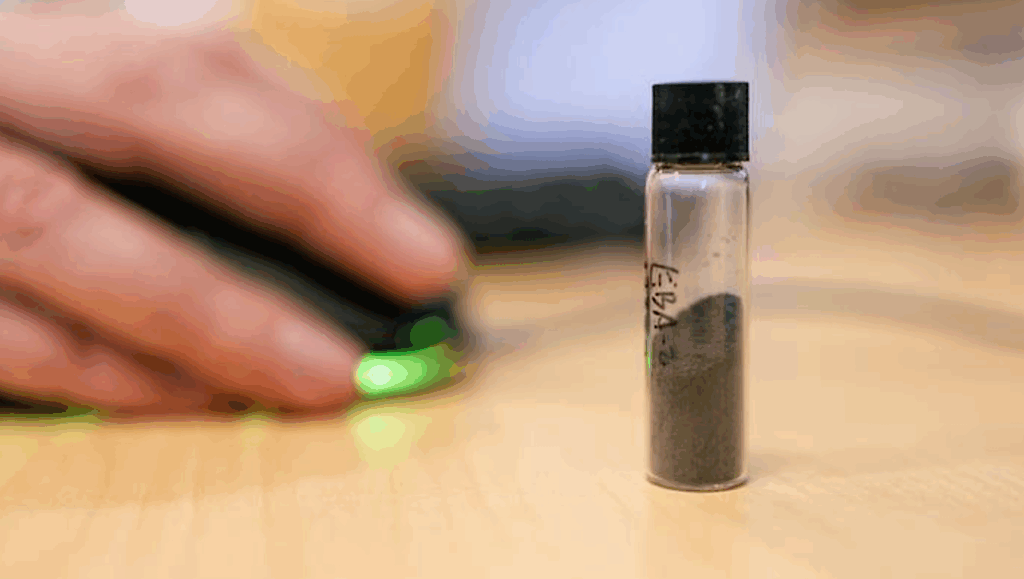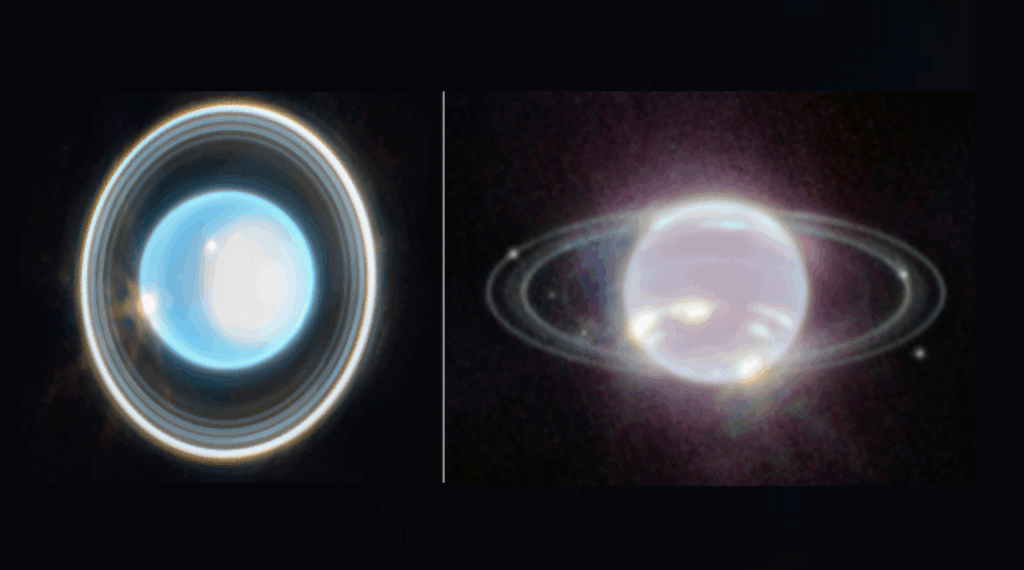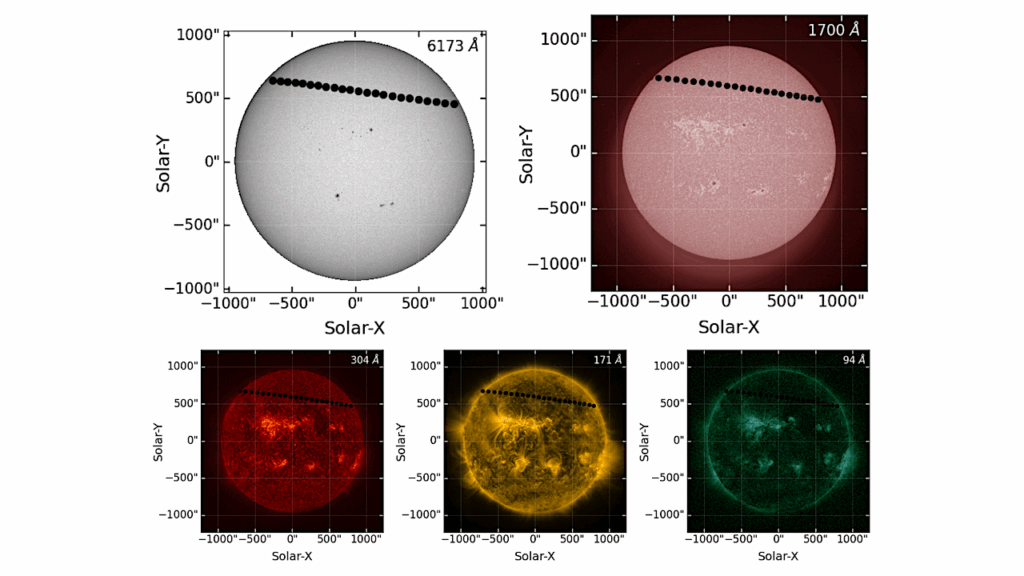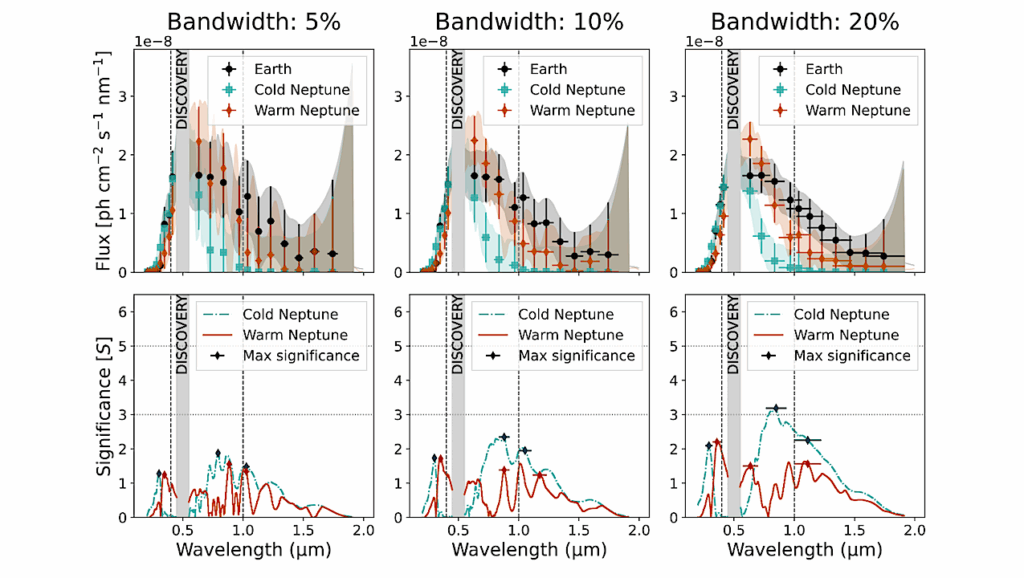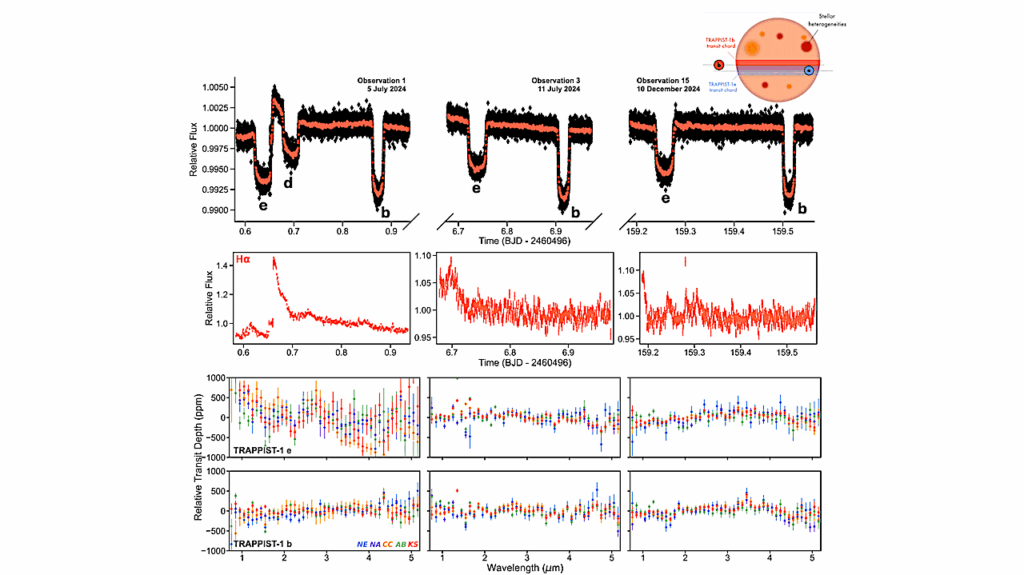Microphysical Prescriptions for Parameterized Water Cloud Formation on Ultra-cool Substellar Objects

Water must condense into ice clouds in the coldest brown dwarfs and exoplanets. When they form, these icy clouds change the emergent spectra, temperature structure, and albedo of the substellar atmosphere.
The properties of clouds are governed by complex microphysics but these complexities are often not captured by the simpler parameterized cloud models used in climate models or retrieval models.
Here, we combine microphysical cloud modeling and 1D climate modeling to incorporate insights from microphysical models into a self-consistent, parameterized cloud model. Using the 1D Community Aerosol and Radiation Model for Atmospheres (CARMA), we generate microphysical water clouds and compare their properties with those from the widely-used EddySed cloud model (Ackerman & Marley 2001) for a grid of Y dwarfs.
We find that the mass of water condensate in our CARMA water clouds is significantly limited by available condensation nuclei; in models without additional seed particles for clouds added, the atmosphere becomes supersaturated. We incorporate water latent heat release in the convective and radiative parts of the atmosphere and find no significant impact on water-ice cloud formation for typical gas giant compositions.
Our analysis reveals the CARMA cloud profiles have a gradual decrease in opacity of approximately 4% per bar below the cloud base. Incorporating this gradual cloud base falloff and a variable fsed parameter allows spectra generated from the parameterized Eddysed model to better match those of the microphysical CARMA model.
This work provides recommendations for efficiently generating microphysically-informed water clouds for future models of cold substellar objects with H/He atmospheres.
James Mang, Caroline V. Morley, Tyler D. Robinson, Peter Gao
Comments: 20 pages, 19 figures. Accepted for publication in ApJ
Subjects: Earth and Planetary Astrophysics (astro-ph.EP); Solar and Stellar Astrophysics (astro-ph.SR)
Cite as: arXiv:2408.08958 [astro-ph.EP] (or arXiv:2408.08958v1 [astro-ph.EP] for this version)
https://doi.org/10.48550/arXiv.2408.08958
Focus to learn more
Submission history
From: James Mang
[v1] Fri, 16 Aug 2024 18:04:25 UTC (11,682 KB)
https://arxiv.org/abs/2408.08958
Astrobiology,


